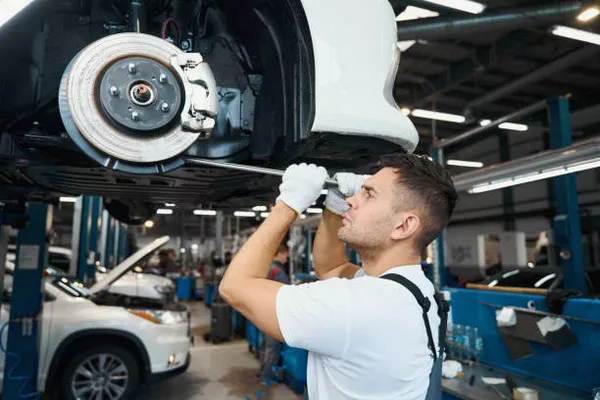Concentrating solar-thermal power (CSP) technologies offer a promising alternative to traditional solar photovoltaic (PV) systems, with built-in energy storage capabilities to address energy demand during periods of reduced sunlight. However, significant cost barriers have hindered broader adoption and deployment of CSP technologies in the United States.
In response to these challenges, the Department of Energy’s (DOE) Solar Energy Technologies Office has allocated $30 million towards up to 16 research, development, and demonstration projects aimed at lowering the cost of large-scale CSP deployment. Each selected project will receive funding ranging from $750,000 to $10 million to advance concentrating solar collectors, supercritical carbon dioxide (sCO2) turbomachinery, and solar-thermal receivers and reactors.
CSP technology, although demonstrating increased efficiency and dispatchability, has yet to achieve cost competitiveness with utility-scale PV systems. Key cost components of CSP plants include the power block housing turbine generators, energy storage systems, mirror fields, focal point receivers, site preparation, and ongoing operations and maintenance. The primary opportunity for improvement lies in enhancing the efficiency of thermal-to-electric conversion processes.
With the DOE’s investment, projects are poised to introduce novel materials and equipment that aim to reduce the levelized cost of electricity (LCOE) for next-generation CSP plants by 50%. For instance, for a 100 MW system with 14 hours of thermal storage, the target is to decrease the current baseline cost of $0.09 per kilowatt-hour (kWh) to $0.05 by 2030, coupled with improved thermal-to-electric conversion efficiency ranging from 40% to 55%.
CSP plants function by utilizing mirrors to track and concentrate sunlight onto receivers, where heat transfer processes raise temperatures to spin turbine generators and generate electricity. This technology incorporates thermal energy storage (TES) to provide dispatchable power upon demand. Two common CSP plant configurations include solar towers with heliostats centered around a receiver and parabolic trough systems featuring curved collectors directing sunlight toward linear tube receivers.
Presently, there are 100 commercial CSP plants worldwide totaling 6.6 GW of capacity, with an additional 1.5 GW under construction. The U.S. accounts for approximately 1.5 GW of this capacity. Continued technology optimization could unlock a potential capacity ranging from 25 to 160 GW by 2050.
To address energy storage challenges, researchers are exploring innovative materials and methods, such as utilizing sand-like particles in receivers and transitioning from conventional steam Rankine turbines to sCO2 Brayton power cycles, which can operate at higher temperatures and achieve thermal-to-electric efficiencies exceeding 50%.
The DOE’s funding initiative also emphasizes advancements in solar-thermal collectors, targeting reductions in installed costs and improved efficiency over extended lifespans. Projects will focus on developing novel heliostat designs, line-focusing collectors, and other innovations to enhance cost-effectiveness and performance in industrial applications requiring lower temperature heat outputs.
In summary, while CSP technologies hold great promise for enhancing renewable energy portfolios, significant research and development efforts are required to overcome existing cost barriers and accelerate widespread deployment. The DOE’s strategic investment in research projects aims to drive innovation and efficiency improvements critical to the future competitiveness and viability of concentrating solar-thermal power technologies.

